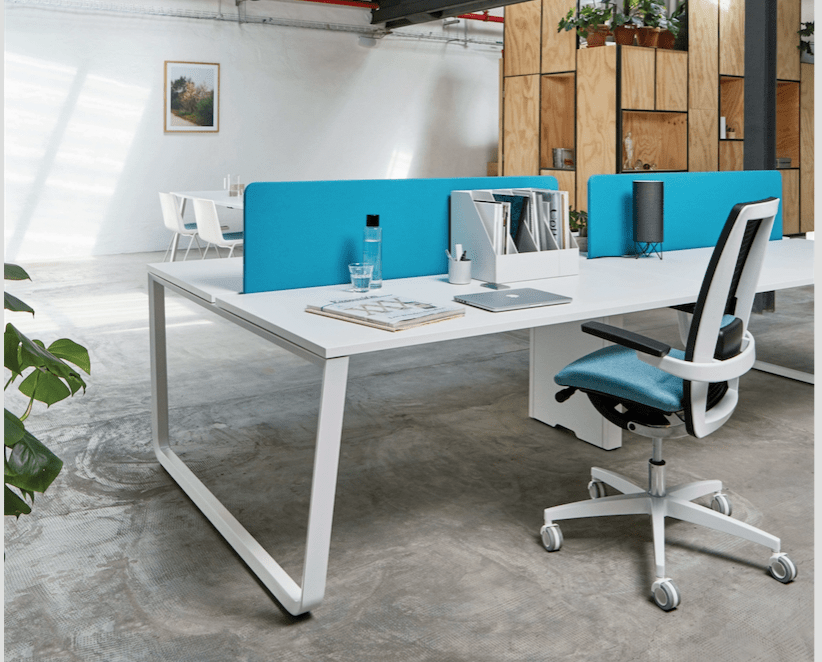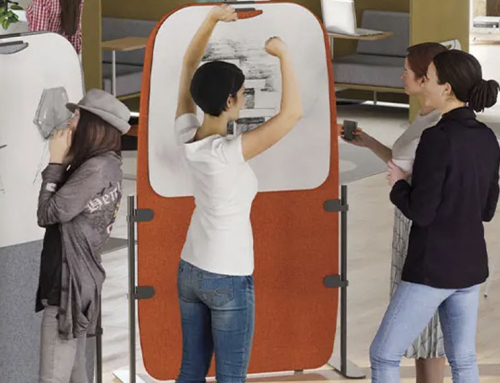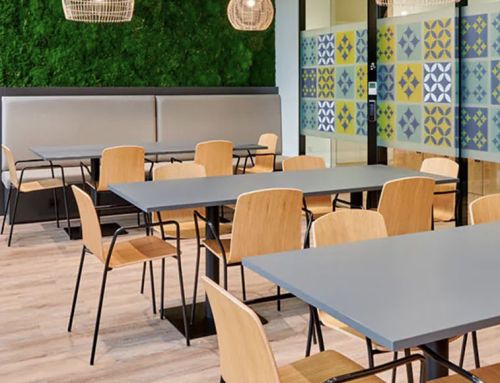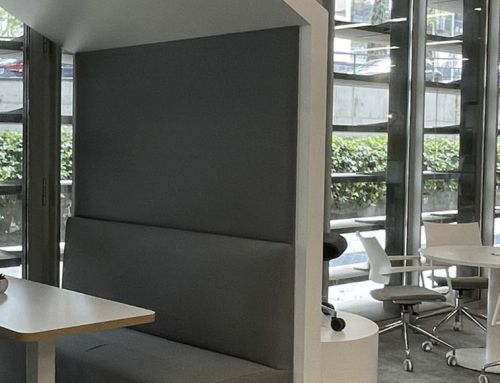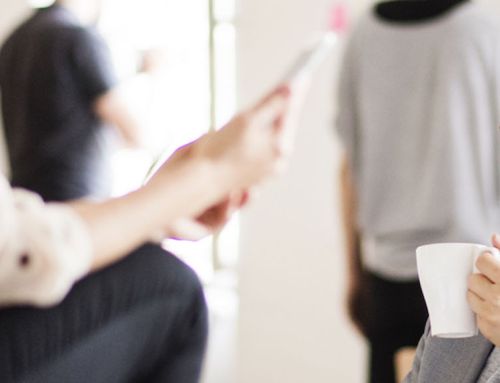What does a good design of furniture mean for the work space? “It means optimization of space, ergonomics, easing individual or team work and above all the attraction and retention of in-house talent in addition to the corporate image projected” reminds us Elena Domenech, A&D Market Manager of Ofita.
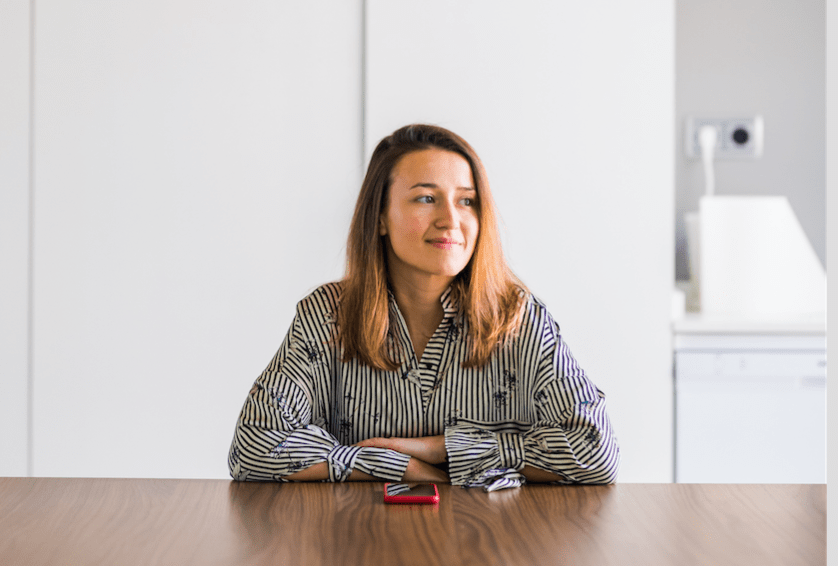
Customization is one of the most important aspects when designing and equipping offices. Considering the type of company and client making use of the space and its employees along with their needs and work methodologies. “This way we seek space optimization and its productivity related to the wellbeing of employees”.
Providing an undisputed value, customization comes along with the versatility of furniture helping the company adapt to future expansions or refurbishments.
“Furniture helps us adapt to the different methodologies of everyday life at the office. Even with the same elements we can reorganize them according to the needs of the hour. Such as for example, our Multilevel brand of adjustable tables or the MeetUp family for casual and collaborative meetings in open spaces”, says Elena Domenech.
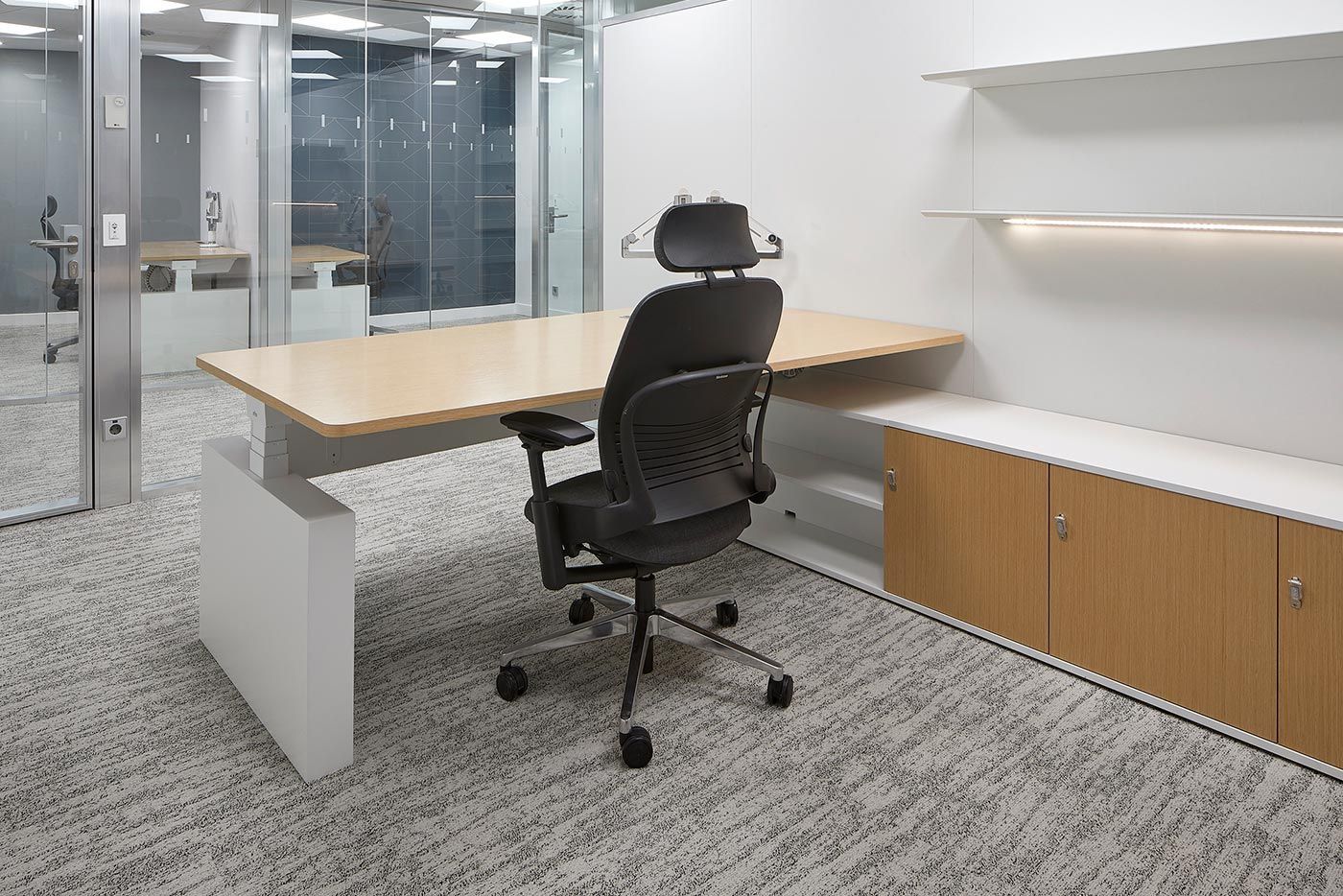
Design of furniture – Trends
Which are the trends in the design of furniture and offices for the next years? In her opinion: “Organic tables totally adaptable which make spaces even more flexible allowing the reorganization of the space depending on the different needs and work teams along with cabin-type concentration areas which favour individual work or meetings, emulating the former closed cubicles but in an open space and without any user taking possession of them. All of this provided with cutting-edge technology both for connectivity and for the reserve of spaces, the permanence analysis or the use of elements and apps which can configure the space and furniture when you get to the office. These Apps even know the height at which you like your chair (as happens with the adjustable Multilevel chair by Ofita).
A good design of furniture for intergenerational talent
On the other hand, a good design of the space will favour the attraction and retention of talent of new generations. “They are digital nomads and therefore the use of paper is practically inexistent, they do not have a feeling of belonging with any company or place and require more dynamic spaces to work and combine their personal life. Thus it is so important for companies to adapt with new types of spaces” explains Elena Domenech.
Given that market trends evolve towards unassigned positions and expansions of coworking areas, the demand for furniture which can easily adapt to each user and time is evident. As for chairs for example, we recommend the use of self-weighing and easily adaptable systems to adjust to different weights and heights of workers as it is the case of the new Hara chair.
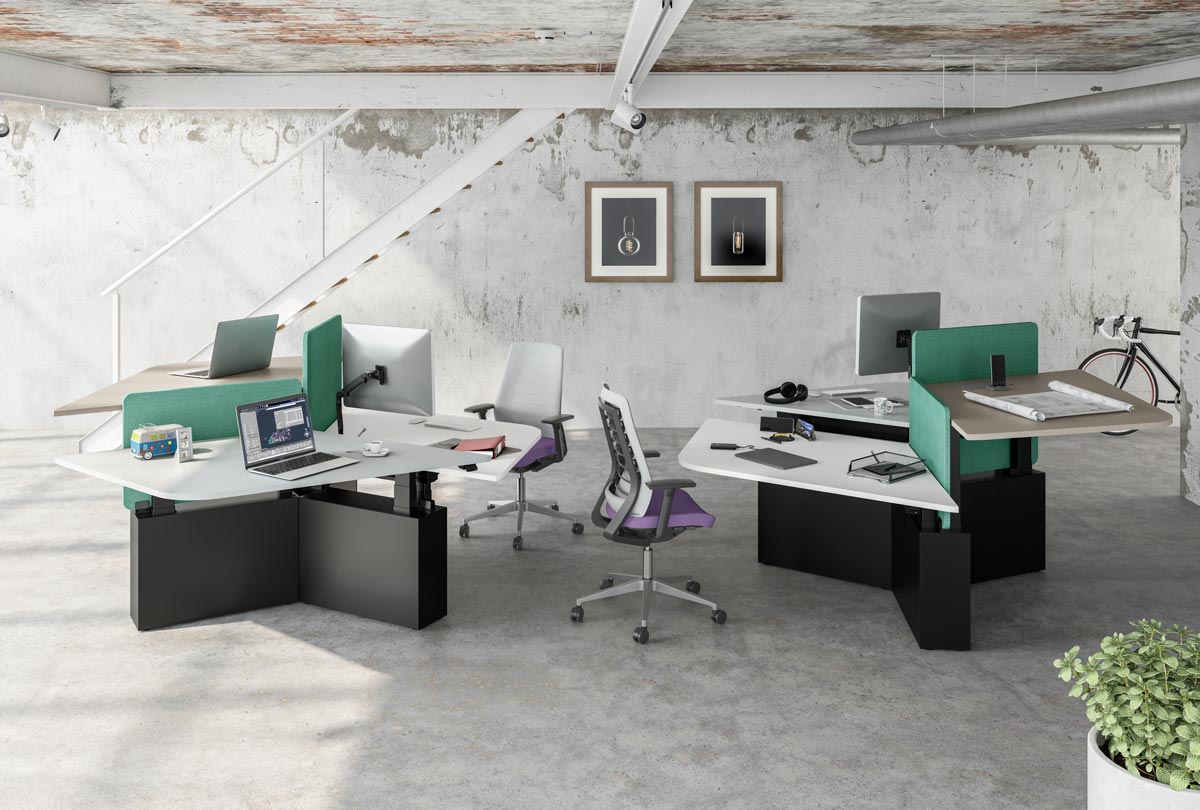
Multilevel & Hara
With respect to tables, trends move towards high connectivity positions which offer users access to their technology demands of the hour.
Companies are already opting for the incorporation of integrated technology furniture such as the adjustable Multilevel table which provides ergonomics and flexibility or the iSurf which favour remote communication.
Many are the new office furniture elements that have come to stay. Some of them from the home sector such as puffs or coaches and sofas in more casual collaboration areas (Meet-up)…
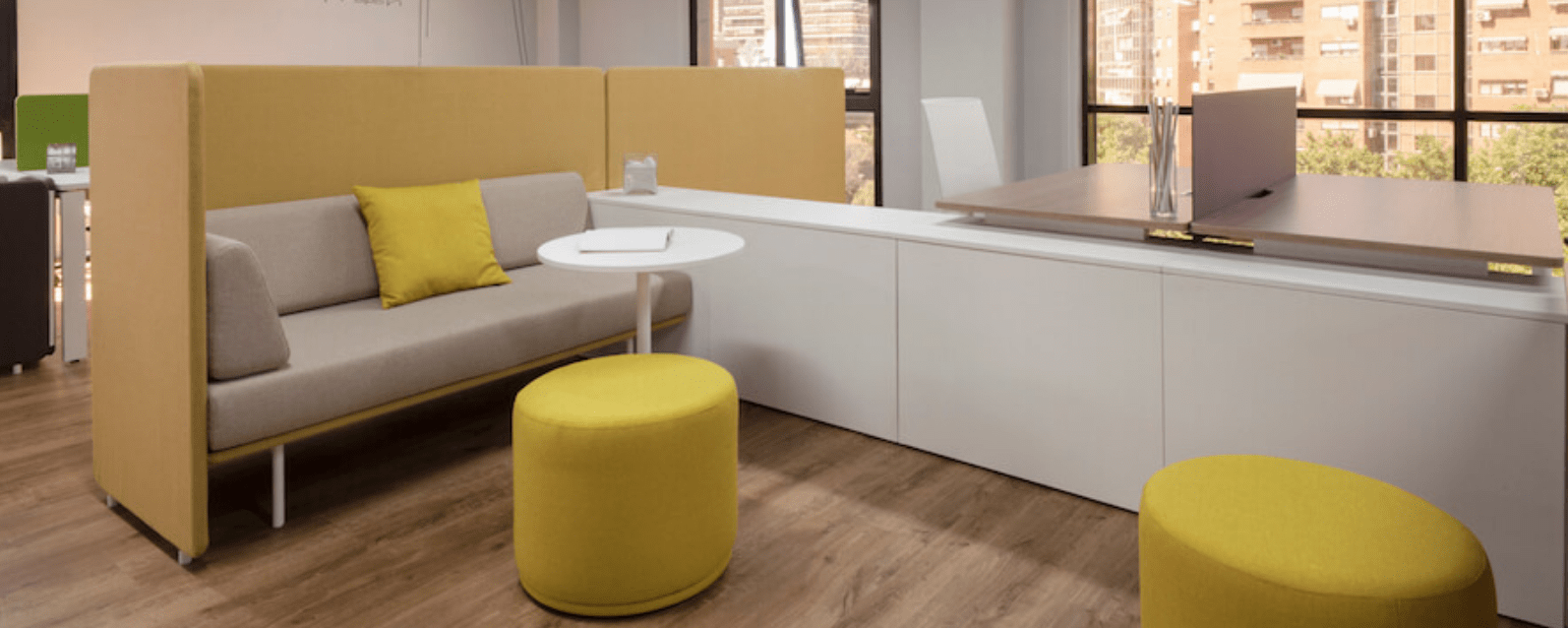
That said once these trends are listed, Ofita insists: Standard is no good for us, the central axis of each design has to be the people coexisting in these premises and the special needs of each project.
